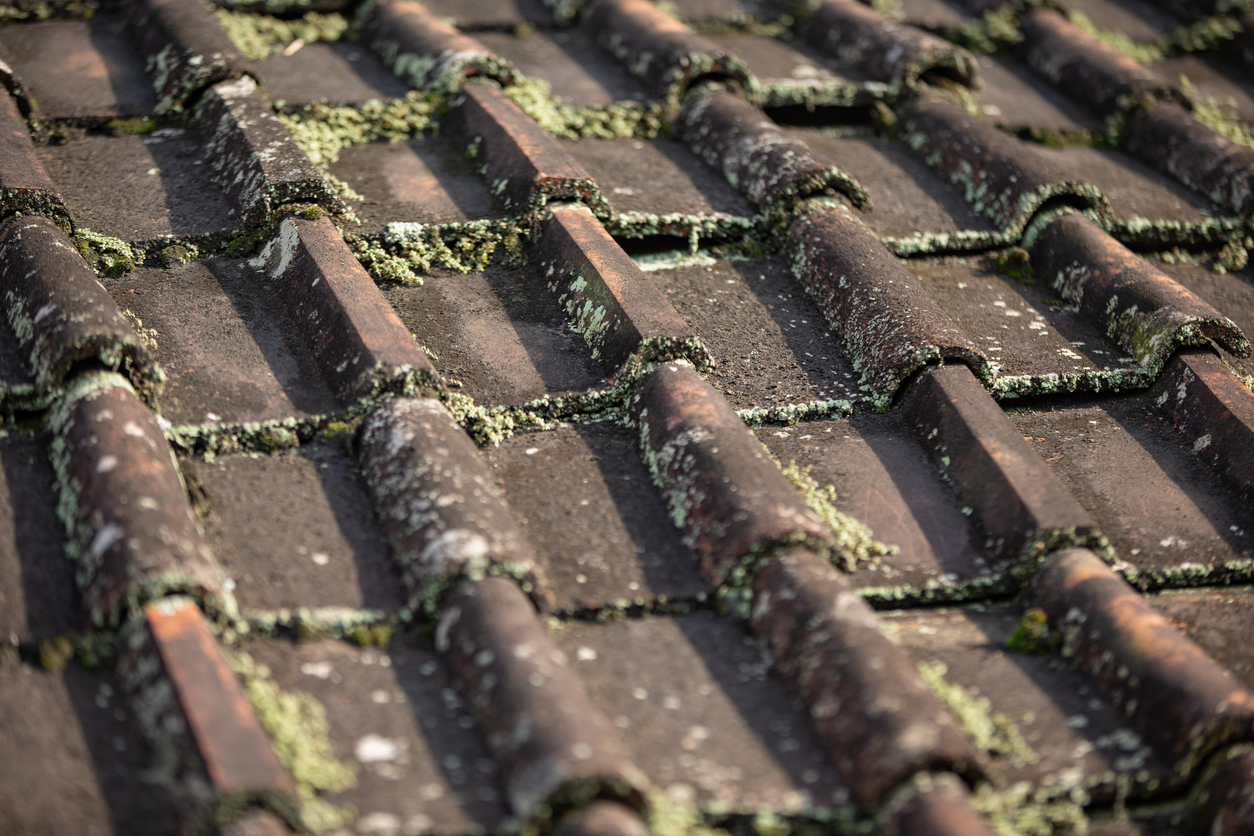Mold is a common problem that can develop on roofs, especially in areas with high humidity or poor ventilation. Not only is mold unsightly, but it can also cause damage to your roof and pose a health risk to you and your family. Recognizing the signs of mold on your roof is crucial to address the issue promptly and preventing further damage.
In this article, we’ll discuss the common signs of mold on the roof, so you can take the necessary steps to eliminate it and protect your home.
The Importance Of Preventing Mold
It’s hard to overstate the dangers of mold in your home. You may not spot it right away if it gets a hold on your roof. That gives it time to start spreading, and mold is a fast-growing organism. Before long, it can start making its way into the rest of your home.
It’s a toxic organism, too, putting you and your family at risk. Mold spores will trigger allergy attacks in some people, making living in their homes hard. They also cause various health issues, such as respiratory problems, dizziness, memory loss, and much more.
One of the most significant mold issues is that the spores are so tiny they can move and spread without you noticing. Getting in between your shingles isn’t a problem for them, and if you’re not vigilant, mold will have spread far before you realize it.
While this does sound frightening, the good news is if you’re paying attention, you can stop mold before it takes a real hold in your roof.
How to Spot Mold In Your Roof
You should already be doing regular inspections on your roof, as these will help you spot any potential issues quickly and get them sorted before they can get worse. While doing these inspections, you’ll also want to look for signs of mold. Here are the most common signs of mold that you should be looking for:
1. Bad odor
Have you noticed a foul odor in your home and can’t identify where it’s coming from? If so, you’ll want to check the roof. Mold creates an unmistakable musty odor; if you smell it, that’s a sign of mold somewhere.
Typically, the mold is in the roof if the smell gets stronger the higher up you are in your home. If that’s the case for you, get into your attic and look for signs of mold.
2. Roof leaks
While a leak isn’t always a sign of mold, it will allow mold to spread fast. Mold needs moisture to spread, so roof leaks are a perfect breeding ground for it.
If you’re suffering roof leaks, you must get it fixed as soon as you see them. Look at the leak spots in your roof to see if mold is starting to grow around them. If you do, you can treat it quickly before it spreads to the rest of the house.
3. Roof damage
During your inspection, you’ll look for damage to your roof, such as broken or missing shingles if there is damage, that allows mold to quickly spread in your home as it has an easy way in. This is especially true if you don’t have it repaired for a long time.
If you do spot damage, such as missing shingles, you’ll want to replace the roof as quickly as possible. The sooner you repair it, the less chance mold has to take hold in your home.
4. Visible mold
The most apparent sign of mold entering your roof is visible mold growth. However, some people may miss the signs as they think they’re just seeing dirt or dust. Mold can be a range of colors, from green to brown and black.
If you see mold anywhere on your roof, you must call a professional for help to fix the situation immediately.
Removing Mold
If you see mold anywhere on your roof, the best thing to do is call for help from a professional. You may feel you can clean it up yourself, and products are sold for that purpose. However, cleaning the visible mold won’t necessarily take care of all the mold in your home, and it will put your health at risk if you don’t take the proper precautions.
A professional will be able to remove the mold that has already entered your home and assess the damage that it has caused. They can then advise you on the next steps to take to repair your roof and protect yourself from further mold infestations.
Preventing Mold In Your Roof
Want to ensure that mold doesn’t get in the first place? Then there are a few things that you can do to reduce the risk.
Inspect your roof regularly.
It’s recommended that you inspect your roof at least twice a year to ensure no damage you weren’t aware of. If you’re keeping up with inspections, you shouldn’t have any significant issues you have to contend with.
Do repairs as soon as possible.
If you have found damage to your roof, you must handle it as soon as possible. The longer a repair is left undone, the higher the chance that mold spores will find their way in and start growing.
Ensure your roof has good ventilation.
Mold needs moisture to grow, and condensation is perfect for it. If your roof doesn’t have good ventilation, then condensation can build up and allow mold the chance to grow. Ask your roofer about your roof ventilation and whether it’s adequate for your home.
With all this in mind, you can reduce the chance of mold growing on your roof. Keep an eye on your roof, and you can ensure that you stop mold in its tracks. It’s always better to prevent mold, after all, than try to remove it.

